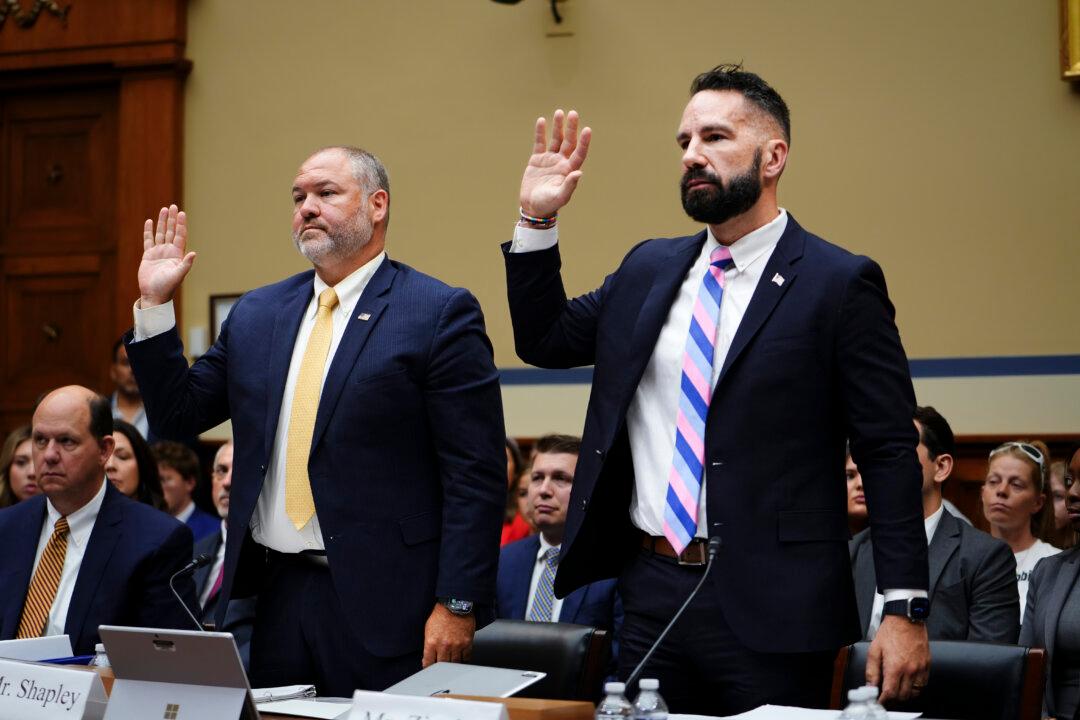Nearly two-thirds of all Americans say they contribute regularly to secular and faith-based charitable groups, with the percentage rising to 90 percent among those who attend a Christian church at least once a month and who say their faith is important to them, according to a new report by the Barna Group.
“Overall, three in five U.S. adults (60 percent) report having given to a charitable organization (including churches and houses of worship) within the year,” the Ventura, California-based survey research group has found.





